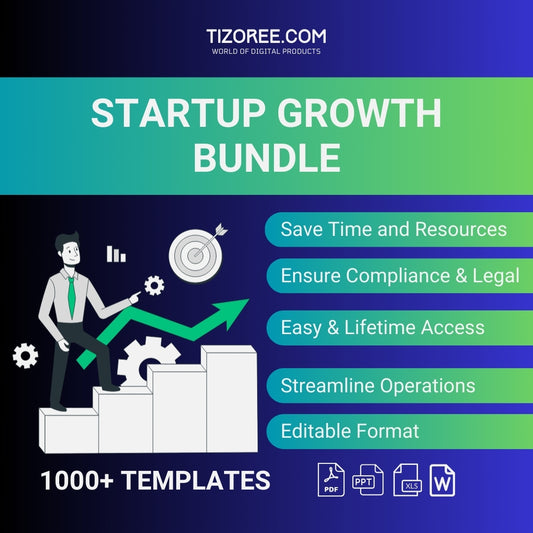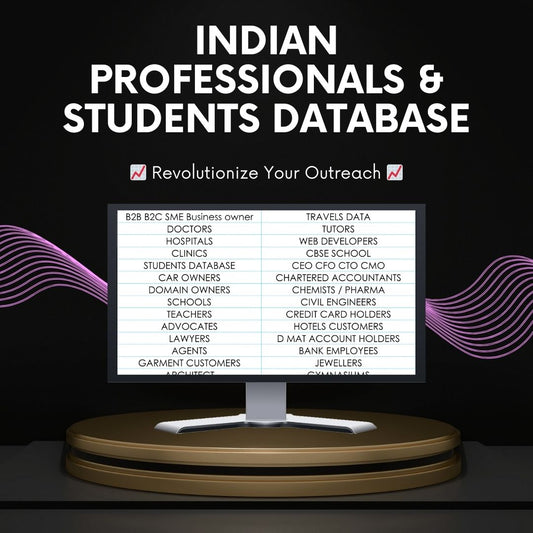Google My Business: The Ultimate Guide to Local SEO Optimization
Share
In today's digital age, having a robust online presence is crucial for businesses, especially for local ones. Google My Business (GMB) is an essential tool that allows businesses to manage their online presence across Google, including Search and Maps.
This guide will provide you with comprehensive insights into optimizing your GMB listing for local SEO, drawing from various strategies and best practices.
Understanding Local Search
Local search refers to the process of searching for products or services in a specific geographical area. When users search for local businesses, they often include location-based terms in their queries, such as "restaurants near me" or "plumbers in [city name]." Understanding the importance of local searches is crucial, as statistics show that a significant portion of online searches is local in nature.
According to various studies, nearly 46% of all searches on Google are local. Additionally, 97% of people learn about a local business online. This underscores the necessity for businesses to optimize their online presence, particularly on platforms like Google My Business.
Setting Up Your Google My Business Account
Creating a Google My Business account is the first step in establishing your online presence. Here’s how to do it:
- Go to the Google My Business website.
- Click on the “Manage now” button.
- Sign in with your Google account or create a new one.
- Enter your business name and address.
- Select your business category.
- Verify your business through the methods provided (postcard, phone, etc.).
Optimizing Your GMB Listing
Once you have set up your GMB account, it is essential to optimize your listing to attract more local customers. Here are key areas to focus on:
1. Business Information
Ensure that your business name, address, and phone number (NAP) are accurate and consistent across all online platforms. This consistency helps Google trust your information and improves your chances of ranking higher in local searches.
2. Business Description
Your business description should be engaging and informative. Use relevant keywords that potential customers might use to find your services. Aim for around 750 characters, highlighting what sets your business apart.
3. Categories and Attributes
Selecting the right categories is vital for local SEO. Choose primary and secondary categories that accurately describe your business. Additionally, utilize attributes to highlight specific features, such as "wheelchair accessible" or "free Wi-Fi."
4. Photos and Videos
Visual content is critical in attracting customers. Upload high-quality images of your business, products, and services. Regularly update your photos and consider adding videos to enhance engagement.
5. Reviews and Ratings
Encourage satisfied customers to leave positive reviews on your GMB listing. Respond to reviews promptly, whether they are positive or negative. Managing your reviews not only improves your online reputation but also signals to Google that your business is active and customer-focused.
6. Posts and Updates
Utilize the posts feature on GMB to share updates, promotions, and events. Regularly posting keeps your audience engaged and can improve your visibility on Google. Aim for a mix of promotional and informative content.
7. Insights and Analytics
Use the insights feature in GMB to monitor how customers interact with your listing. Track metrics such as views, clicks, and customer actions to understand what works and what needs improvement.
Common Mistakes to Avoid
When optimizing your GMB listing, avoid these common pitfalls:
- Inconsistent NAP information across platforms.
- Neglecting to respond to reviews.
- Failing to update business hours and information during holidays or changes.
- Ignoring the importance of high-quality images and videos.
- Not utilizing posts and updates to engage with customers.
Advanced GMB Strategies
Once you have mastered the basics, consider these advanced strategies to further enhance your local SEO:
1. Local SEO Citations
Citations are online mentions of your business name, address, and phone number on other websites. Ensure your business is listed in relevant local directories and that your information is consistent across all platforms.
2. Backlinks
While citations focus on NAP information, backlinks are links from other websites to your GMB listing or your business website. Building quality backlinks can significantly boost your SEO and visibility.
3. Social Media Integration
Link your social media profiles to your GMB listing. This integration helps in building a cohesive online presence and can drive traffic between platforms, enhancing customer engagement.
4. Regularly Update Your Information
Keep your business information updated, especially if you change your services, hours, or contact information. Regular updates signal to Google that your business is active and engaged with its customers.
Conclusion
Optimizing your Google My Business listing is a vital step in boosting your visibility in local search results. By focusing on accurate information, engaging content, and regular updates, you can attract more customers and improve your online reputation. Remember, local SEO is an ongoing process that requires attention and adaptation to changing user behaviors and search algorithms.
Implement these strategies effectively, and watch your local business thrive in the digital landscape.



